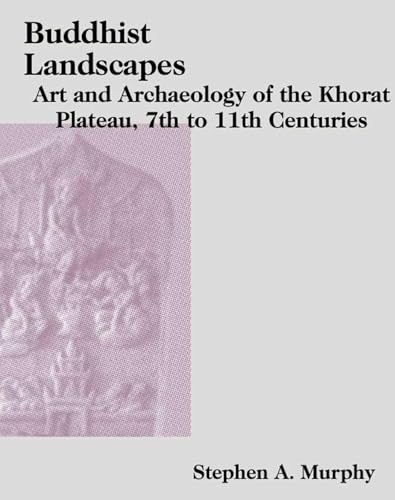via Australian Archaeology, 10 February 2023: The SahulArch geochronological database is a new public resource for radiocarbond, OSL and TL dates across the Sahul shelf (mostly Australia).
Reliable chronological frameworks for archaeological sites are essential for accurate interpretations of the past. Geochronology represents the core of interdisciplinary research because it allows integration of diverse data on a common timeline. Since the radiocarbon revolution in Australian archaeology in the 1950s, thousands of ages have been produced across Sahul (combined landmass of Australia and New Guinea). Methods such as thermoluminescence (TL) and optically stimulated luminescence (OSL) have also been used on Australian archaeological deposits and enabled the study of the deep past beyond the limits of radiocarbon dating. After seven decades, these geochronological methods no longer provide just a ‘date’, but instead, the geochronological community is focussed on providing the most reliable, precise, and reproducible ages. These aspects of age estimation are central to the framework of the SahulArch geochronological database. SahulArch is a new publicly available continental-scale dataset in which context and quality assurance criteria of each dated sample are considered as important as the age itself. SahulArch contains a total of 10,717 ages (9,504 radiocarbon, 973 OSL, and 240 TL) from 2,318 sites across the Sahul landmass. We describe the structure of SahulArch, types of auxiliary data collected, and provide a summary of the data in SahulArch.
Source: Full article: SahulArch: A geochronological database for the archaeology of Sahul
https://octopusdata.org/
























